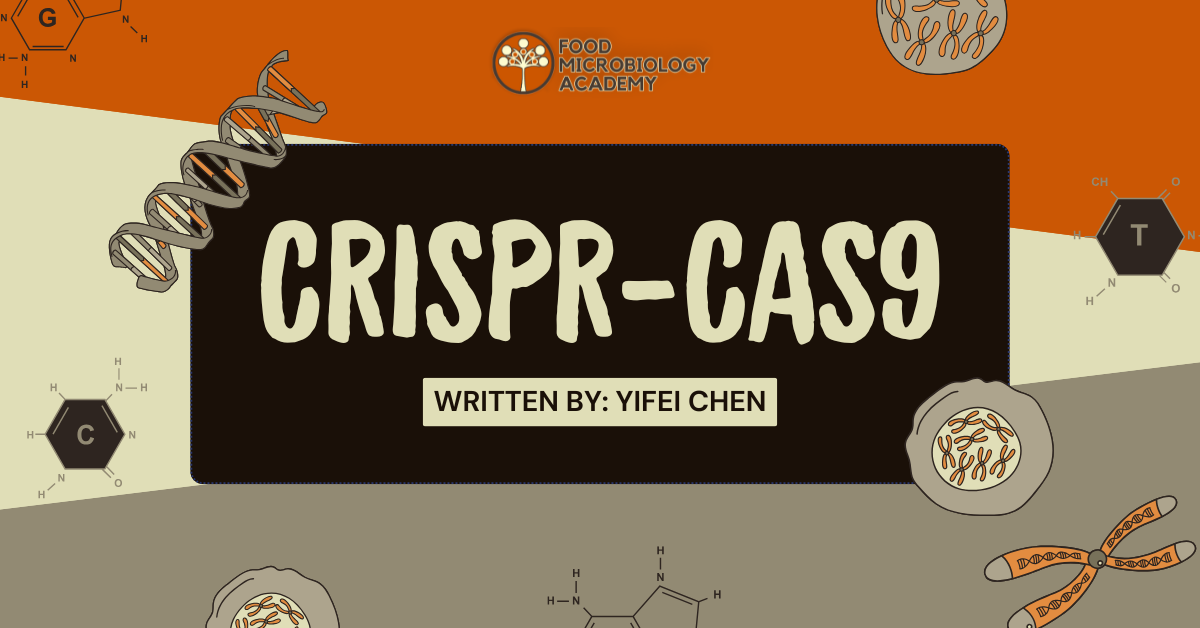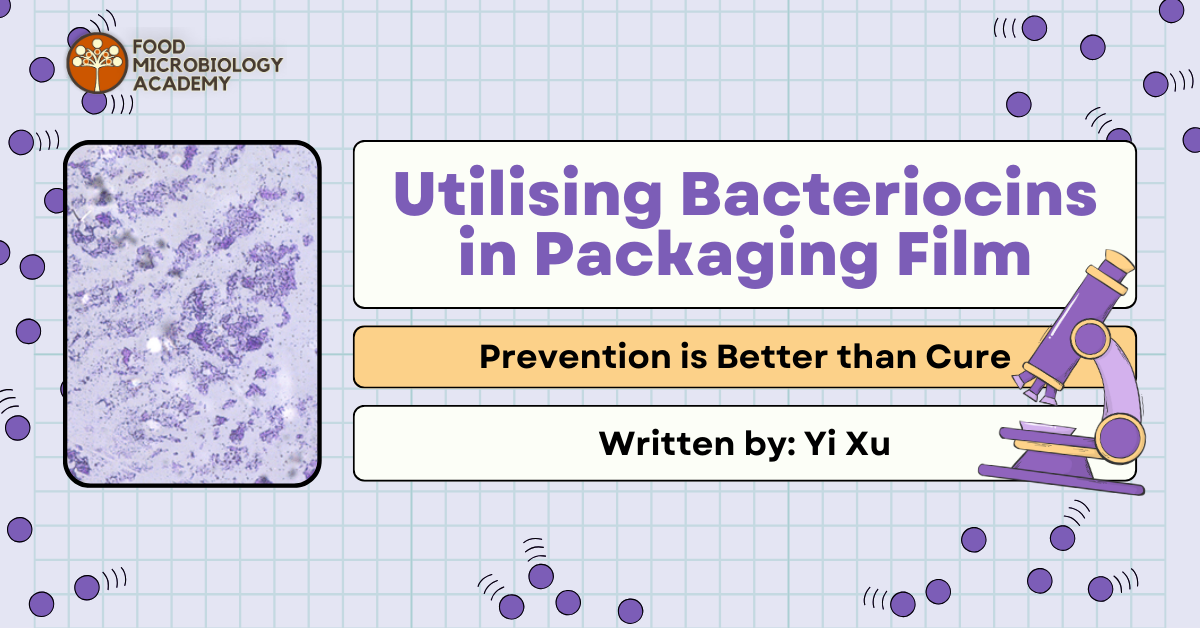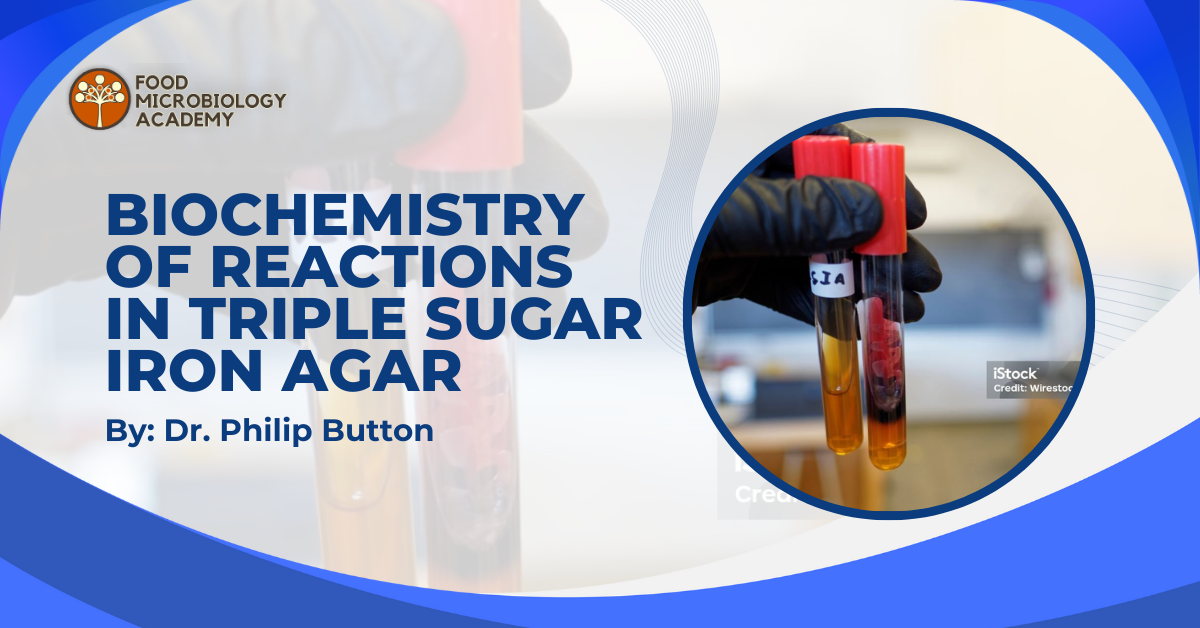Celebrating International Women’s Day: Empowering Women in STEM at the Food Microbiology Academy
In celebration of International Women’s Day this year, here at the Food Microbiology Academy we understand the importance of inclusive workplaces and wanted to take the time to uplift the women on our team and highlight their views and experiences as women in the field of STEM (Science, Technology, Engineering, and Mathematics) If you’d like to learn more about our amazing team and their contributions to STEM, click here! 1. Please introduce who you are, what you are studying and your role at the Food Microbiology Academy Elyse: I’m Elyse, an undergraduate student at Monash University. I’m studying a Bachelor of Science and Arts, with majors in immunology and psychology. I’m currently a project officer at the Food Microbiology Academy. Shreya: I’m Shreya, in my final year in the Bachelor of Science, majoring in microbiology. My role at the FMA is working on content creation for gut health. Dencelle: I’m Dencelle Mercines, currently pursuing Bachelor of Science in Chemical Engineering at Adamson University. I’m currently working as a Digital Marketing Coordinator at Food Microbiology Academy. Vinodi: I’m Vinodi, currently studying a Bachelor of Law/Bachelor of Science with a major in immunology at Monash University. I am a project officer here at the Food Microbiology Academy. 2. What does International Women’s Day mean to you personally? Elyse: International Women’s Day is a time to celebrate the strength and success of women across the globe, highlighting their incredible contributions to various fields. For me, this is a significant opportunity to reflect on the progress we have made and to empower more people to continue advocating for equal rights and opportunities. Shreya: International Women’s Day reminds me of the women that fought for our lives, and able to live so freely and do what I love to do because of them. It is a day to celebrate all the women in our lives and recognise all their achievements and hard work! Dencelle: International Women’s Day is a celebration of the achievements of women worldwide, as well as a reminder of the ongoing journey towards gender equality. Personally, it encourages me to reflect on the strides women have made, especially in fields like STEM, where we continue to break boundaries and inspire future generations. Vinodi: For me, International Women’s Day represents a time to celebrate the contributions of women in all industries and the difficulties endured by women that came before me in order to get to where we are today. I find that the day also inspires me to personally reflect on the fight for gender equality in these spaces, specifically how much there is yet to improve and what I can do to further progress this movement. 3. What do you think are the most important qualities or skills that women in STEM should have to succeed? Elyse: The skills and qualities that I think are important for women in STEM are initiative, networking, and collaboration. Taking initiative will help you stand out and highlight your dedication to your goals. Ask questions and seek support from professionals in your field for valuable insights. Networking, building relationships and collaborating with others can lead to new opportunities for professional growth. Shreya: The skills that are important for women in STEM has to be communication and willingness to learn. Communication is important because we need to be able to effectively communicate any research we have done, and it allows us to create trust and harmony with the people that we work with. Willingness to learn is also important because STEM is a constantly evolving field and so the ability to learn and adapt is crucial. As for the qualities, we need have perseverance because often times it may feel like you are stuck but having the ability to look ahead and stay positive is very important. Dencelle: In my experience, resilience, adaptability, and curiosity are key qualities for women in STEM. It’s important to stay determined when facing challenges, continuously seek knowledge, and adapt to the fast-paced, ever-changing nature of the field. Collaboration and communication are also vital, as working together and sharing ideas are fundamental to progress in STEM disciplines. Vinodi: I think some of the most important skills and qualities that women in STEM must have to succeed are confidence, collaboration and adaptability. Being confident is key as you need to be able to be comfortable putting yourself out there in order for your ideas to be heard and advocate for yourself. Collaborating well with others is also a very important part of STEM as it requires working with various people and teams of different backgrounds and skill sets, strong communication skills are also needed for this to support an efficient team. Having adaptability is also crucial in STEM as it is a rapidly evolving field. 4. What challenges have you faced as a woman enrolled in a STEM course? Elyse: My experience in a STEM course has been positive, and I’m fortunate to have had equal opportunities in my field. From my experience, biomedical and life sciences tend to have strong female representation, with many women in both student and teaching roles. However, I recognise that women may face greater challenges in other fields, such as engineering and computer science, and continued efforts are needed to promote inclusivity across all STEM fields. Shreya: As a woman in STEM, I haven’t faced too many challenges personally, but I’ve come to realise just how important representation is in every field. Seeing so many women in my Microbiology course was incredibly inspiring, it reassured me that I belong here and gave me role models to look up to. Dencelle: One challenge I’ve faced as a woman in STEM, particularly me taking up an engineering program, is overcoming occasional doubt from others about my abilities in such a male-dominated field. But I’ve found strength and confidence in knowing that we are making strides toward more diversity and representation in these fields. Vinodi: In my journey in STEM, I have not encountered many challenges associated with







